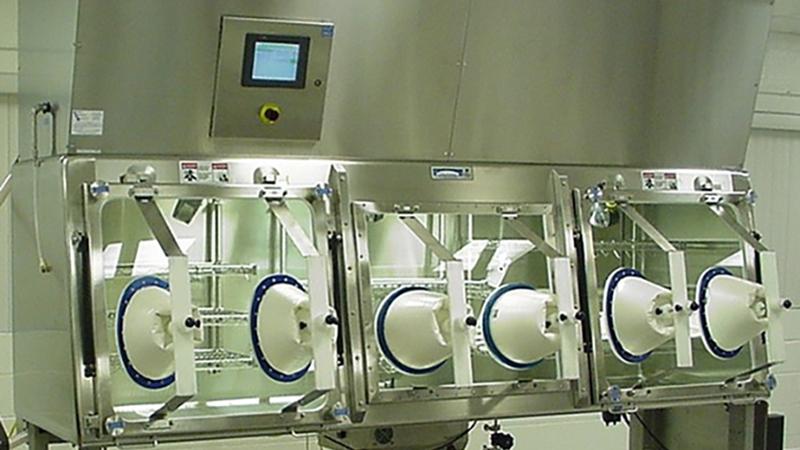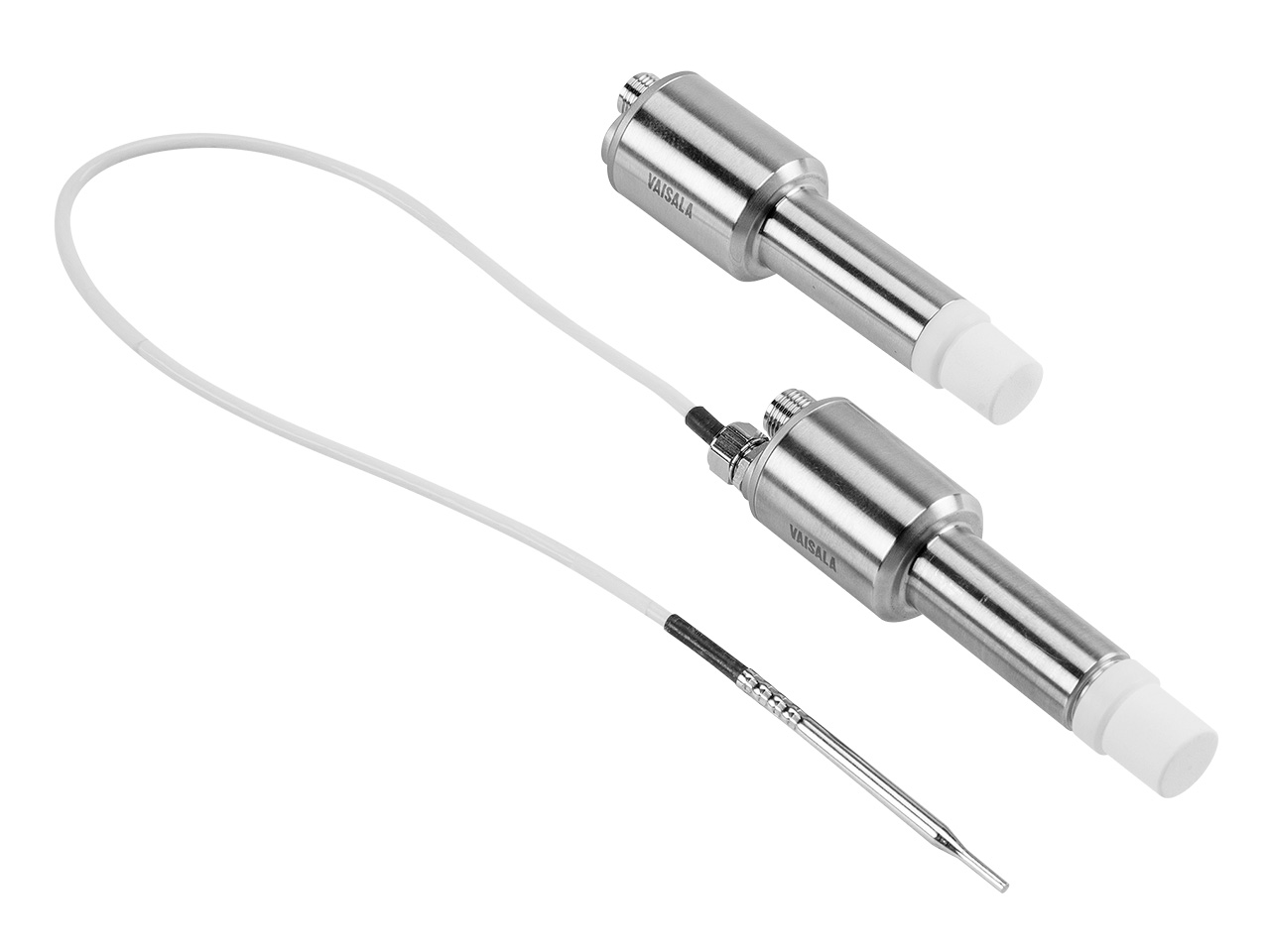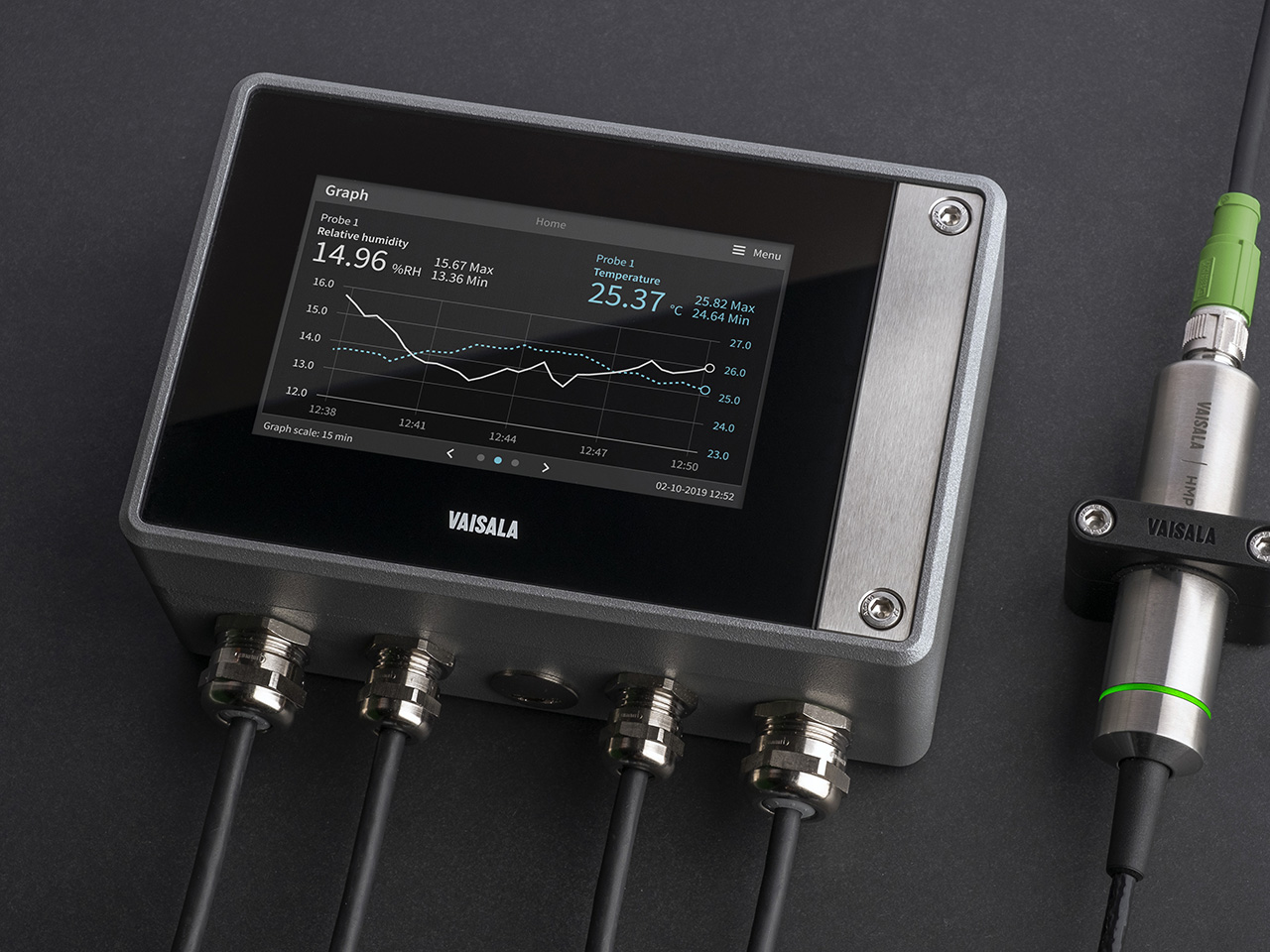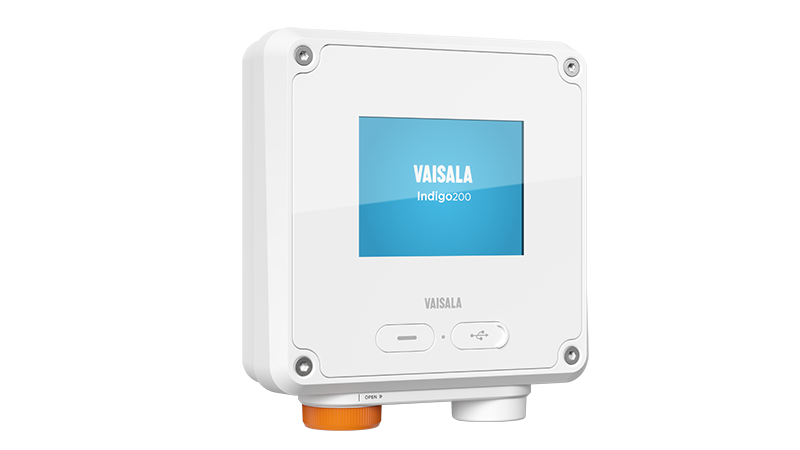Part 1 – Questions & answers on vH2O2 bio-decontamination in aseptic isolators
In our webinar "vH2O2 Bio-decontamination: Optimizing Cycle Development in Aseptic Isolators" we received many interesting questions. In this first of a two-part blog series, guest presenter Rick Nieskes of Ardien Consulting and Vaisala Product Manager Joni Partanen answer questions they didn’t have time for during the webinar. If you haven’t yet seen the webinar, you can watch the recording. See part two of the webinar Q&A blog.
Question: Do you prefer turbulent or unidirectional airflow for isolators undergoing vH2O2 decontamination?
Rick Nieskes: I prefer turbulent flow to maximize the homogeneity of vH2O2 within the isolator. That said, there exists the possibility of creating adequate turbulence with unidirectional airflow by simply decreasing the airflow rate. When in doubt, consider Airflow Visualization Studies to determine whether the degree of turbulence is adequate.
Question: Can we develop a vH2O2 bio-decontamination cycle by estimating the amount of vaporized hydrogen peroxide and the exposure time required to achieve a certain decontamination level?
Joni Partanen: I think Rick’s presentation gives good insights about cycle development. When you measure relative saturation and vH2O2 concentration while performing validation, you gain more understanding about the effectiveness of the cycle. When you have continuous measurement, you can see changes that may occur during the cycle, and learn things, such as whether the seasonal conditions are having an effect, or if any equipment is starting to fail.
Question: Do you recommend the use of enzymatic indicators for ongoing validation?
Rick Nieskes: Enzymatic indicators are a useful tool in validation and certainly help to clarify what is happening. I view enzymatic indicators as a valuable supplement to biological indicators, but not necessarily a replacement for biological indicators.
Question: In general, what is the pressure on the isolator? (Positive, negative or environment?)
Rick Nieskes: For aseptic isolators, it is advised to keep the pressure at a positive differential to the room exceeding 10 Pascals (as per PIC/S PI 014-3). Invariably that means the isolator's setpoint will be around 60 Pascals to account for dynamic pressure fluctuations that occur during glove use.
Question: Is it so that the HPP272 sensor has two output channels? What then can we do for temperature and humidity measurements?
Joni Partanen: Correct. The analog outputs of the HPP272 probe are limited to two channels only. There are two solutions for accessing more parameters. First, you can use either digital Modbus RTU communication, which enables you to read all the measurement parameters, obtain diagnostics, and optimize the sensor purge timing. If more than two analog outputs are desired, then you can connect the HPP270 to an Indigo host device, such as the Indigo520. With an Indigo host device, you can get up to four analog output channels. The Indigo500 has other useful features, such as local display, configuration capabilities, and data visualization.
Question: If it’s in a liquid state, would the H2O2 be captured in the filtration system?
Rick Nieskes:
This depends on the design of the system and whether vH2O2 is introduced through the HEPA filters or introduced directly into the isolator without flowing through HEPA filters. Introducing vH2O2 through the HEPA filters typically leads to longer aeration times due to vH2O2 absorption in the HEPA filter media.
Regardless of the system, the amount of vH2O2 introduced into the isolator is all about the finesse of vH2O2 in and around saturation conditions which will eventually lead to an equilibrium state with condensation conditions.
Question: In the presentation you went to a relative saturation level of 85%. But condensation begins at 100% RS. Is it not logical to go to 100% relative saturation?
Joni Partanen: Remember that the desired set point depends in part on the location of the probe. For example, if you place the sensor in the geometric center of an environment, then you might expect that it is warmer there than at the windows. Condensation always begins at the coldest spot. With that in mind, it can be risky set the relative saturation target to 100 % RS, since the vapor has likely started to condense at the cold spots long before reaching the target in the measurement location.
Question: Is there data regarding absorption/desorption of various materials (i.e., anodized aluminum)?
Rick Nieskes: There are publications comparing the relative affects the material has on the microbiocidal efficacy of vH2O2, but as it relates to absorption and desorption of vH2O2 from various materials, that is something that is done on a case-by-case basis. In fact, I have a protocol in my arsenal for exactly this purpose.
Question: Can the catalytic layer on the HPP270’s sensor affect the chamber ppm?
Joni Partanen: The catalytic layer of the sensor is only few square millimeters, so it has negligible effect to the environment inside the probe filter. In developing PEROXCAP® for the HPP270 series probes, we paid special attention to the probe materials since we don't want to affect the measurement accuracy with any absorbent materials. In our testing, stainless steel and PTFE have proved to be the most suitable materials for the probe.
Question: Is thermal mapping is required for vH2O2 bio-decontamination? Can you make recommendations on how to do that?
Rick Nieskes: Temperature mapping is required for vH2O2 bio-decontamination validation. This work determines cold and warm locations in the isolator which can be targeted with chemical and/or enzymatic indicators and/or biological indicators. Generalized specifics about this were in my presentation.
Editor's note: For more information about temperature mapping, please see our webinar “Mapping made Easy” and this application note: “8 Steps to Mapping a Chamber”.
Learn more about Ardien Consulting or contact Rick Nieskes.





Add new comment